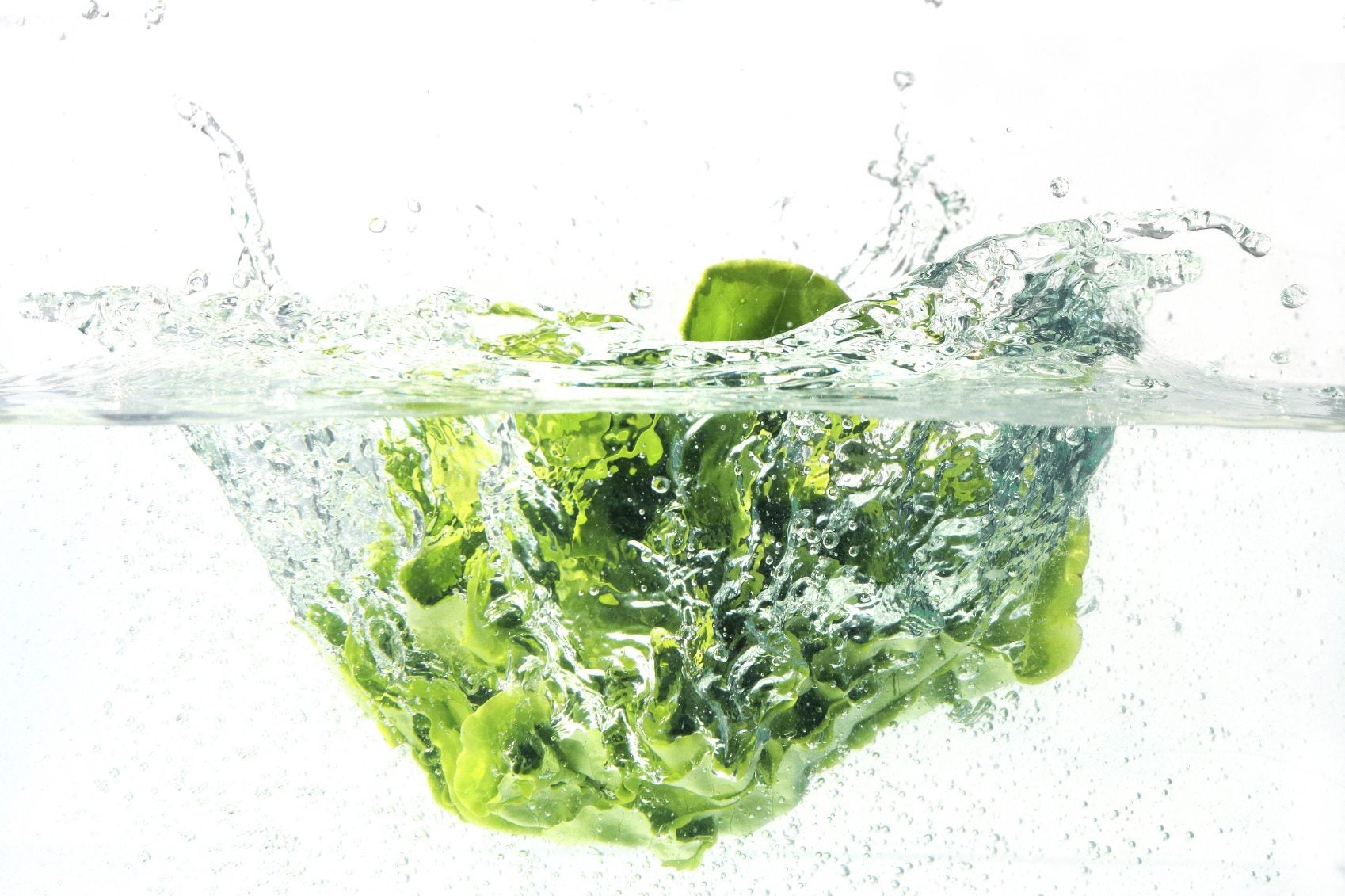Cleaning Lettuce: How To Clean And Store Garden Lettuce


Knowing how to clean and store garden lettuce is more important than one might think. No one wants to eat dirty or sandy lettuce, but no one wants to wind up sick either. If you don't wash garden lettuce appropriately, this is possible. Likewise, when it comes to storing lettuce, the same can be true. Improper storage can also harbor bacteria that can make you extremely sick.
How to Clean Lettuce
Cleaning lettuce isn't difficult. There are several ways to wash garden lettuce. Some people prefer to simply rinse lettuce under running water, plucking off each outer leaf layer and gently rubbing them clean with their hands. Others may find it easier to cut off the lettuce head and separate the leaves before swishing them in a bowl of cold water, where the dirt and sand eventually sink to the bottom. Still others go even further, placing the bowl in the refrigerator overnight after adding a couple teaspoons of sugar to the water, which may keep lettuce crispier. Whichever of these methods you choose, always make certain that there is no visible dirt on the leaves prior to draining. Shake the water from the leaves and place them on paper towels to dry thoroughly. You might even consider using another paper towel to blot them dry. Another method for cleaning lettuce involves the use of a salad spinner. After separating the lettuce leaves, place them (a few at a time) in the colander and fill the spinner with water. Again, the dirt should sink to the bottom. Lift out the colander to pour out the dirty water. Replace the colander and repeat as necessary until there is no longer any visible dirt. Once the lettuce is clean, put on the lid and turn the handle, spinning the lettuce until dry. In addition to cleaning lettuce, you may want to consider adding a couple tablespoons of salt to the water to help eliminate any possible bacteria that may be present. Do not use bleach.
How to Store Lettuce
Not only is it important to wash garden lettuce thoroughly, but it's just as important to store it properly too. Individual lettuce leaves can be placed on paper towels and rolled up prior to placing them in resealable Ziploc bags or simply place them directly in the plastic bag instead. Carefully push out the air before sealing the bag and place the bag in the refrigerator. Always make sure that lettuce is dry prior to storing in the refrigerator. Also, keep lettuce away from fruit, which gives off ethylene gas. Lettuce will typically store this way with no ill effects for six to eight days. Keep in mind, however, that some types of lettuce, such as Romaine and Iceberg, are generally better if eaten right away. Knowing how to clean and store garden lettuce improves the taste and quality of your salad dishes. More importantly, knowing how to clean lettuce ensures good health.
Sign up for the Gardening Know How newsletter today and receive a free copy of our e-book "How to Grow Delicious Tomatoes".

Nikki Tilley has been gardening for nearly three decades. The former Senior Editor and Archivist of Gardening Know How, Nikki has also authored six gardening books.